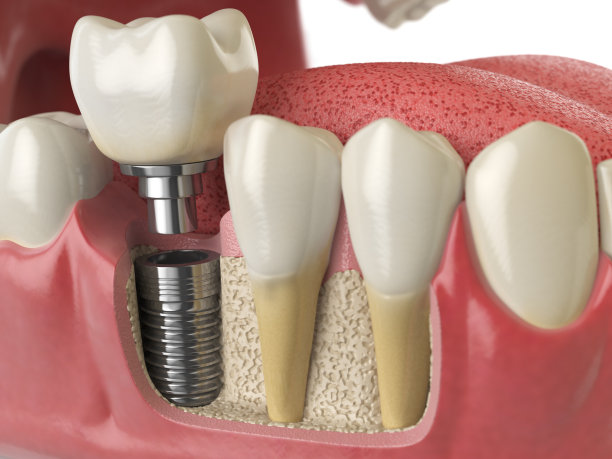Understanding the Importance and Process of Extracting a Tooth for Optimal Dental Health and Wellbeing
Summary: Tooth extraction is a crucial procedure in dental care, playing an essential role in maintaining optimal dental health and overall wellbeing. This article explores the importance of tooth extraction, outlining the various situations necessitating this procedure, its implications for oral health, the step-by-step process of extraction, and the aftercare instructions to ensure a smooth recovery. Understanding these aspects will empower individuals to make informed decisions regarding their dental health, addressing concerns and preventing future complications. By shedding light on the extraction process, this article aims to alleviate fears and promote better dental hygiene practices.
1. Situations Necessitating Tooth Extraction

There are several scenarios in which tooth extraction becomes necessary for optimal dental health. The most common reasons include severe tooth decay, where the damage to the tooth is so significant that repair options such as fillings or crowns are no longer viable. In such instances, extracting the tooth prevents the decay from spreading to adjacent teeth and avoids potential infections that could affect overall health.
Another situation that may necessitate extraction is periodontal disease, a serious infection of the gums that can lead to tooth loss. When gum disease becomes advanced, teeth may loosen and removal becomes crucial to maintain the integrity of surrounding teeth and gum tissue.
Moreover, overcrowding is a frequent issue, especially in teens and young adults. In these cases, certain teeth are extracted to facilitate orthodontic treatment, allowing for proper alignment and function of the remaining teeth. This strategic removal not only enhances aesthetics but also contributes to long-term oral health.
2. Implications for Oral Health
Tooth extraction can have significant implications for an individuals oral health. While some may view this procedure with apprehension, it is vital to understand that, when necessary, it can be a restorative choice. Removing a problematic tooth can help preserve the health of adjacent teeth, preventing potential complications from untreated decay or disease.
Additionally, tooth extraction can alleviate pain and discomfort associated with dental issues. For individuals suffering from abscesses or impacted teeth, the removal can provide immediate relief, enhancing their quality of life. By addressing these painful conditions, patients can return to normal eating and speaking habits more swiftly.
Furthermore, once a tooth is extracted, it can pave the way for future dental work. Patients seeking dental implants or other restorative procedures often need to have compromised teeth removed before proceeding. This not only improves the functionality of the mouth but also contributes to a more aesthetically pleasing smile.
3. The Extraction Process Explained
The tooth extraction process typically begins with a consultation with a dental professional, who will assess the situation and determine the best course of action. Following a thorough examination and possibly X-rays, the dentist will explain the procedure and address any patient questions or concerns, ensuring comfort throughout the process.
Once the patient is ready for extraction, local anesthesia is administered to numb the area, ensuring a painless experience. The dentist then uses specialized tools to loosen the tooth from its socket. In some cases, surgical extraction may be necessary, especially for impacted teeth that are not fully erupted.
After the tooth is successfully removed, the dentist will provide care instructions to promote healing and minimize risk of complications. This may include guidelines about pain management, dietary recommendations, and oral hygiene practices during the recovery period.
4. Aftercare for Smooth Recovery
Proper post-extraction care is crucial for ensuring a smooth recovery. Initially, patients are advised to avoid strenuous activities that may elevate blood pressure and exacerbate bleeding. Resting and applying ice packs to the cheeks can help mitigate swelling in the first 24-48 hours.
Diet plays a significant role in recovery. Soft foods and liquids are encouraged in the days following extraction to allow the gums to heal without additional trauma. Patients should avoid hot, spicy, or acidic foods that could irritate the extraction site.
Additionally, maintaining oral hygiene is essential. Patients should gently rinse their mouths with warm salt water starting 24 hours after the procedure to promote healing and reduce the risk of infection. Following the dentist’s aftercare instructions can lead to quicker recovery and successful healing.
Summary:
The article has outlined the multifaceted reasons behind dental extraction, emphasizing its importance for optimal dental health. By exploring situations requiring extraction, implications for oral health, the extraction process, and necessary aftercare, patients can approach this procedure with confidence.
Taking proactive steps toward dental health through understanding and proper care will contribute significantly to overall wellbeing. Knowledge is power in ensuring that your smile remains bright and healthy.
This article is compiled by Vickong Dental and the content is for reference only


